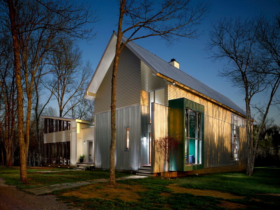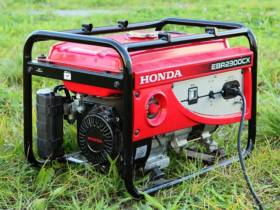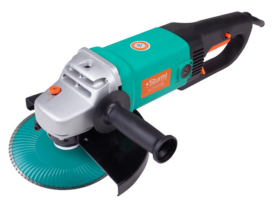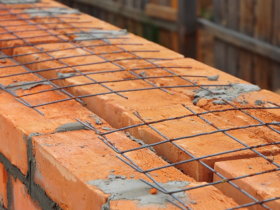Those who visited Germany could not help but pay attention to the fachwerks – the construction of houses characteristic of the Middle Ages (from it. Fach – section and werk – structure). Many of them stood for several centuries, carefully preserved as monuments of architecture, but at the same time continue to regularly fulfill their function of residential buildings.
For the fahver design, the presence of the carrier, the so -called skeleton, which was created from racks and beams, is characteristic. For their manufacture, oak, larch or coniferous wood were used. Outwardly the house turned out to be drawn on squares. The walls were plastered in such a way that the outer part of the frame beams remained in sight, which gave the buildings of the German Fachwerk special expressiveness and individual character.
A wide variety of materials were used to fill the wooden frame: straw, dry branches, lime, etc., What provided insulation of the shield house. As a rule, such houses stood on a stone foundation, due to which the wooden structure acquired stability and durability. In addition, the stone base protected the wood from moisture and, accordingly, from rotting.
This architectural style is also characteristic of other European countries. Similar houses can be seen in England, Holland, France, Austria, Switzerland. However, in each country, both the frame and the internal filling of the walls had their own unique features.
Over time, the fachwerks were replaced by stone and brick houses, however, in the 20th century, architects returned to the old structure, and almost the main issue was the qualitative thermal insulation of the facades. To do this, they proposed to attach ready -made insulated panels on a wooden frame, which not only significantly strengthens the house, but also increases its service life.
After the end of World War II in developed European countries, the era of the frame-panel of a rapidly-far-fetched house building began. Suffice it to say that about 20% of modern individual houses in Europe are frame-panel.






